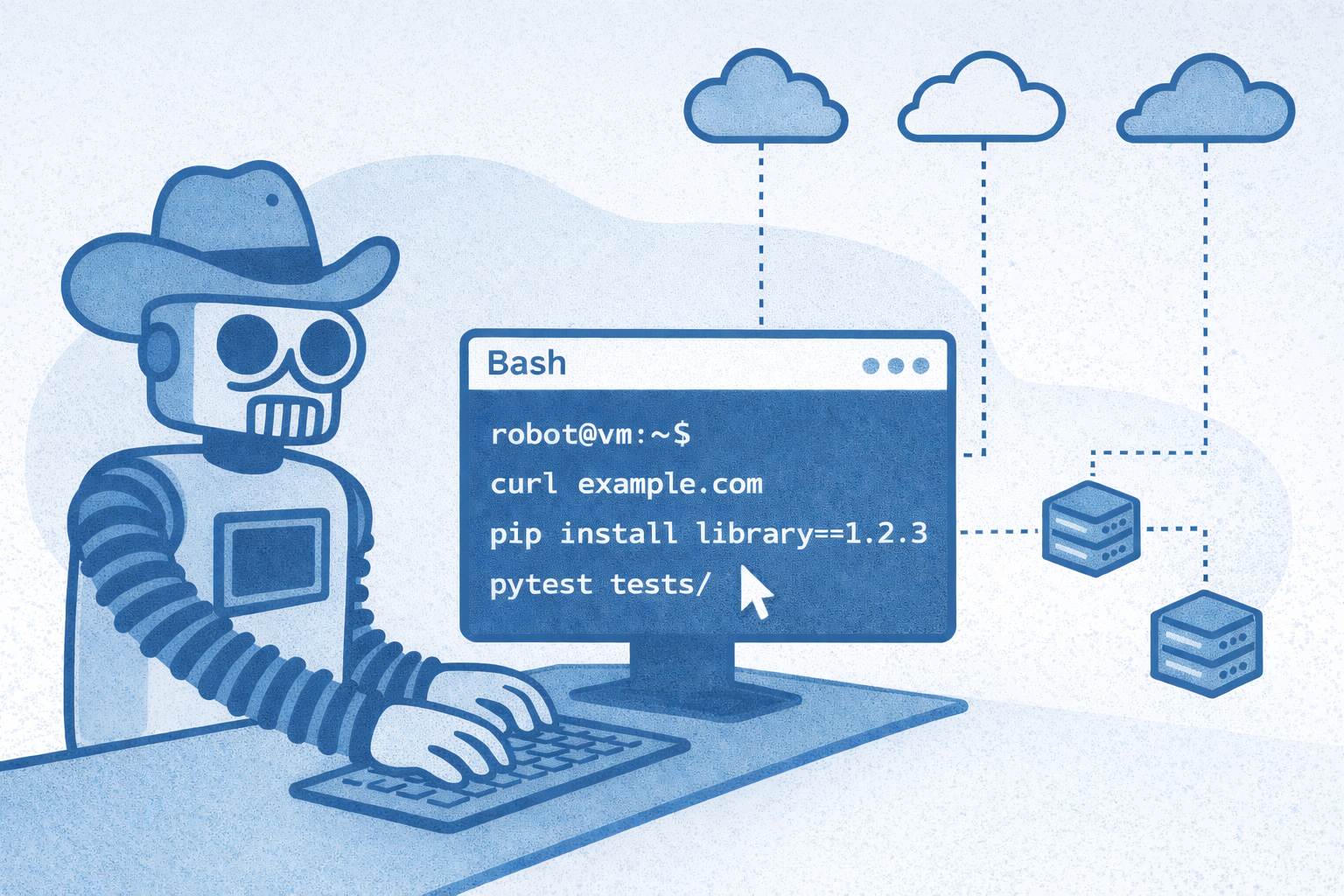Understanding prompt engineering

Imagine chatting with a brilliant friend who knows almost everything and is always ready to help — be it answering a tricky question, summarizing a lengthy article, or generating creative content. Sounds incredible, right? Welcome to the world of Large Language Models (LLMs). These AI models have revolutionized how we interact with technology, making tasks easier and more efficient.
But here's the catch: to get the most out of these intelligent models, you need to know how to communicate with them effectively. This is where prompt engineering comes into play. Think of prompt engineering as the art of asking the right questions in the right way.
In this guide, we'll explore what prompts are, why they're so important, and how to structure them to unlock the full potential of LLMs. Whether you're a developer, a content creator, or just curious about AI, this journey will equip you with the tools to make AI work smarter for you.
What Is a Prompt?
At its simplest, a prompt is the input or instruction you give to a language model to guide its response. It's like setting the scene for a play—the better you set it, the more engaging the performance.
- In Chatbots: When building a chatbot, the prompt shapes the bot's personality, tone, and mannerisms. For instance, telling the model, "You are a friendly and professional customer service representative," helps ensure consistent and appropriate interactions with users.
- In Summarization Tools: If you're using AI to summarize a book or article, the prompt determines what details to include. You might instruct the model to "summarise the key themes and character development in [Book Title]," ensuring the summary focuses on what's important to you.
Why Prompts Matter
Think of the prompt as a GPS for the language model. A clear and specific prompt directs the model straight to the destination—providing accurate and relevant responses. On the flip side, a vague prompt is like a faulty GPS, leading to generic or off-topic answers.
In essence, the quality of the prompt directly impacts the effectiveness of the model's output. A well-crafted prompt can elicit detailed, coherent, and contextually appropriate responses, making your interaction with the AI more productive and satisfying.
Understanding LLMs: What They Are and Their Stateless Nature
What Is an LLM?
A Large Language Model (LLM) is an advanced artificial intelligence system designed to understand and generate human-like text. Trained on vast datasets comprising books, articles, and websites, LLMs can perform a wide array of language tasks. These include answering questions, composing essays, translating languages, and even creating poetry or code. Their ability to mimic human language patterns makes them powerful tools for communication and problem-solving.
Before diving deeper into prompt structure, it's crucial to understand a fundamental aspect of how LLMs like GPT-4 operate: they are generally stateless.
What Does "Stateless" Mean?
In the context of language models, being stateless means that the model doesn't inherently remember previous interactions. Each time you interact with it, it treats your input as a standalone request, without any memory of past conversations unless you provide that context again.
Implications of Statelessness
- Disjointed Conversations: Without additional context, the model may give inconsistent responses in scenarios where continuity is essential, such as in extended conversations or multi-step tasks.
- Extra Effort Required: You'll need to include relevant background information in each new prompt to maintain the flow of interaction.
Overcoming Statelessness
To make the most out of stateless models:
- Include Conversation History: When necessary, append previous interactions to your current prompt to provide the needed context.
- Provide Background Information: Clearly state any pertinent details or assumptions the model should consider when generating a response.
By doing this, you effectively create a sense of "memory," allowing for more coherent and context-aware interactions.
The Anatomy of an Effective Prompt
Now that we've covered the basics, let's break down how to structure a prompt that guides the model effectively. An effective prompt often includes the following components:
- System Prompt
- Definition: This sets the initial context or role for the model. It's like casting an actor for a specific role in a play.
- Purpose: It establishes the baseline behavior and capabilities of the model, tailoring its responses to fit a particular need.
- Examples:
- "You are a knowledgeable historian specializing in ancient civilizations."
- "You are a creative copywriter who crafts engaging social media posts."
- Context
- Definition: This includes previous interactions or relevant data that provide context for the current task.
- Purpose: Incorporating history helps maintain continuity, especially in conversational AI or multi-step processes.
- Examples:
- Openai chat history: User: how many muscles are in the human bodyAssistant: About 600 muscles
- Summary of previous interaction: "In our last session, you helped me outline a business plan. Let's continue refining the marketing strategy."
- Functions/Tools
- Definition: These are specific actions or capabilities you want the model to utilize, like accessing data or performing calculations.
- Purpose: Integrating functions or tools can enhance the model's utility beyond text generation, enabling it to perform tasks or fetch information as part of its response.
- Examples:
- "Using the latest stock market data, provide an analysis of technology sector trends."
- "Calculate the compound annual growth rate for the following financial data."
- Instruction/User Input
- Definition: This is the specific task, question or command you want the model to address.
- Purpose: It directs the model on what action to perform or what information to provide.
- Examples:
- "List five healthy recipes that are easy to cook at home."
- "Explain the theory of relativity in simple terms."
Bringing It All Together
An effective prompt weaves these components seamlessly to guide the model:
"You are a fitness coach. Earlier, I mentioned having knee pain when running. Based on this, create a low-impact workout plan that focuses on cardio and strength training."
In this prompt:
- System Prompt: Sets the role as a fitness coach.
- Context: References previous mention of knee pain.
- Instruction: Specifies the creation of a tailored workout plan.
Tips for Crafting Masterful Prompts
- Be Specific: Clear and detailed prompts yield better responses. Instead of asking, "Tell me about dogs," you might say, "Explain the typical behaviors and care requirements of golden retrievers."
- Set the Tone: If you want the response in a particular style or tone, include that in your prompt. For example, "Provide a humorous summary of the following news article."
- Define the Format: If you need the answer in a specific format—like bullet points, a table, or a step-by-step guide—make sure to mention it.
- Iterate and Refine: Don't hesitate to tweak your prompts based on the responses you get. Prompt engineering is an iterative process.
Conclusion
Prompt engineering is both an art and a science—a skill that empowers you to unlock the full capabilities of LLMs like GPT-4. By understanding what prompts are and how to structure them effectively, you're setting the foundation for developing intelligent, responsive, and valuable AI-driven solutions.
Whether you're building chatbots that delight users, crafting tools that summarize complex information, or automating tasks to save time, mastering prompts is your key to making AI work for you.
Stay tuned for the next installments in this series, where we'll dive deeper into specific applications and advanced strategies. Together, we'll explore how to create engaging chatbots, design efficient summarisation tools, perform accurate data classification, and much more.



